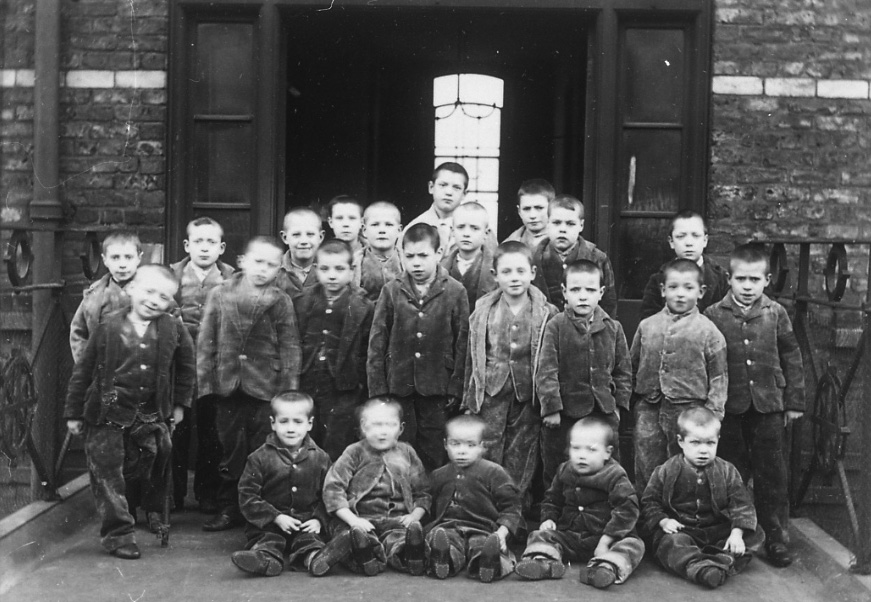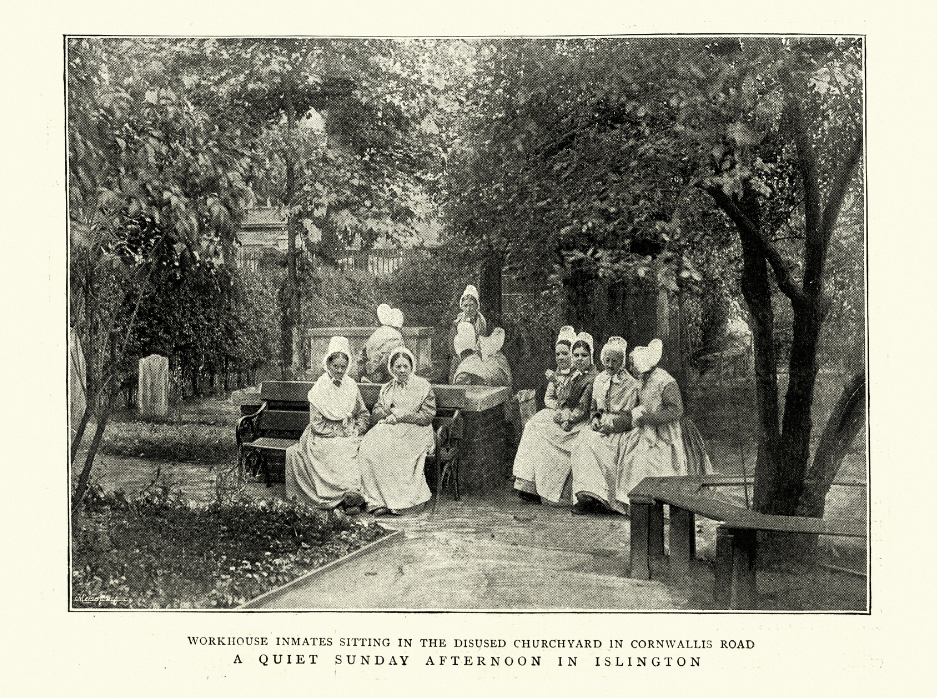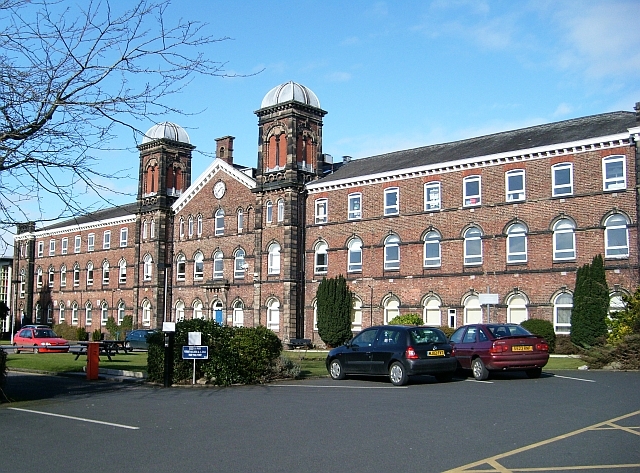The Victorian Workhouse was a place where the poorest of the poor lived and worked. It was an incredibly difficult place to live, with very poor living conditions. The people who lived and worked there were from all walks of life. They might be widows, criminals, orphans, gamblers or people who lost their job. But they all had one thing in common – they were desperately poor.
In this article, we will take a look at the types of people who lived and worked in the Victorian Workhouse, and we will also explore the appalling living conditions that they endured.

Why And When Were The Victorian Workhouses Created?
The Victorian Workhouse was established in 1834 by Sir Robert Peel, a famous Victorian and arguably one of the best politicians in the Victorian era. Peel privately believed that the government should look after people rather than say “Sir, you are poor; therefore I will not have anything to do with you”, but also believed that assistance should be given for a fee. The New Poor Law Act was introduced in 1834.
These workhouses were designed to make able-bodied people go out and work by offering shelter for wage earners, day workers, and apprentices where there wasn’t any work available locally.
There were strict rules imposed on inmates of these institutes, including no begging or receiving charity money.

Who Lived In The Victorian Workhouses?
The people who lived and worked in the Victorian Workhouse were from all walks of life. They included the very poorest of the poor, as well as criminals, the homeless, unmarried mothers, the elderly, and the mentally ill. The living conditions in the workhouses were awful, but for many it was better than the alternative.
Managing The Workhouse
Workhouses were administered by ‘Unions’ of multiple parishes, each governed by a Board of Guardians. These boards were responsible for overseeing the operation of the workhouses, ensuring they functioned as intended under the Poor Law.
Upon entering a workhouse, inmates were categorized based on age and ability, leading to the strict segregation of families. This meant husbands were separated from wives, and siblings were divided, a practice that was as efficient as it was heart-wrenching.
Uniforms and Personal Belongings
New inmates were issued uniforms made from durable materials like wool and linen. These uniforms replaced their personal clothes, which were disinfected and stored until their departure. This practice not only maintained hygiene but also symbolized the loss of personal identity upon entering the workhouse system.

What Were The Conditions Like Inside The Victorian Workhouse And Punishments?
The conditions inside the Victorian Workhouse were appalling. Inmates lived in total poverty and squalor, and most of them were malnourished and poorly clothed. There was very little food available, and the available food was often low quality. In between meals, they had to earn their food and bed by working hard at the jobs given to them by their guardians.
In addition, the living quarters were extremely cramped and unsanitary. The inmates were also subjected to frequent beatings and other forms of punishment.
What Was The Food Like Inside A Victorian Workhouse?
The typical Victorian food that was available in the Workhouse was often of very low quality and sometimes rotten.
For breakfast, they were served gruel, a kind of porridge made from oats and water. For the main meal of the day, they would have been served a broth or soup made from low-quality meat and whatever vegetables were in season.

What was a typical day like in the workhouse?
The inmates were woken in the morning by a tolling bell, and this same bell called the inmates to breakfast, dinner and supper.
Inmates’ days were strictly scheduled, with specific hours for waking, meals, work, and leisure. Women typically engaged in housekeeping duties, while men undertook more physically demanding tasks like stone breaking and oakum picking.
In 1835, the Poor Law Commissioners laid out the timings of the workhouse day as follows:
| Hour of rising | Breakfast | Work starts | Dinner | Finish work | Supper | Recreation | Bed | |
| 25th March – 29th September | 6am | 6.30-7am | 7am | 12-1pm | 6pm | 6-7pm | 7-8pm | 8pm |
| 29th September – 25th March | 7am | 7-7.30am | 8am | 12-1pm | 6pm | 6-7pm | 7-8pm | 8pm |
What was life like for a child in a Victorian workhouse?
Life for Victorian children in the workhouse was incredibly harsh and often bleak. These institutions, designed as a last resort for the destitute, were intentionally made unpleasant to discourage reliance on state support. For children, this environment was particularly difficult and unforgiving.
Most children in a workhouse were orphans. Everyone slept in large dormitories. It was common for younger children to sleep four to a bed. Workhouses were known for their strict discipline and minimal comfort. Children often lived in overcrowded and unsanitary conditions, which led to the spread of diseases.
The workhouse were required by law however, to provide at least three hours of schooling. Education covered basic but valuable skills like reading, writing, and arithmetic, along with religious studies.